The emerging eVTOL industry brings a lot of technological innovations together but does it need to rethink how it handles safety information?
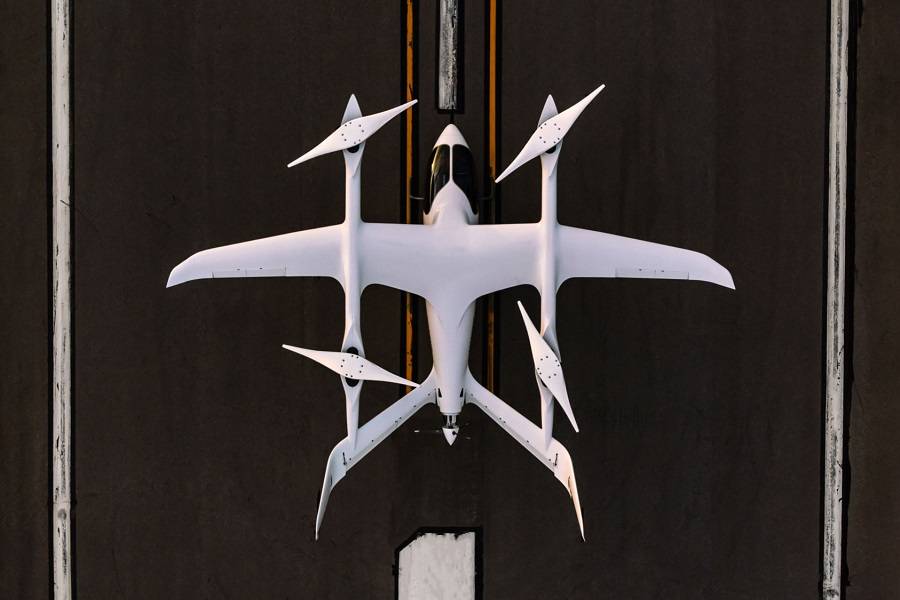
The next decade promises to give us some new and unusual aircraft designs. It will almost certainly take longer than this for airliner-sized hydrogen and battery-electric designs to enter service. But smaller aircraft, with four to ten passenger seats, should see the light of day in this timeframe. That’s if all goes well.
Developments around lithium batteries are very important for such projects. For eVTOL (electric Vertical Take-Off and Landing) designs, battery efficiency and safety are a make-or-break matter. Several development programs have had to deal with battery fires, either on board their test aircraft or on the ground.
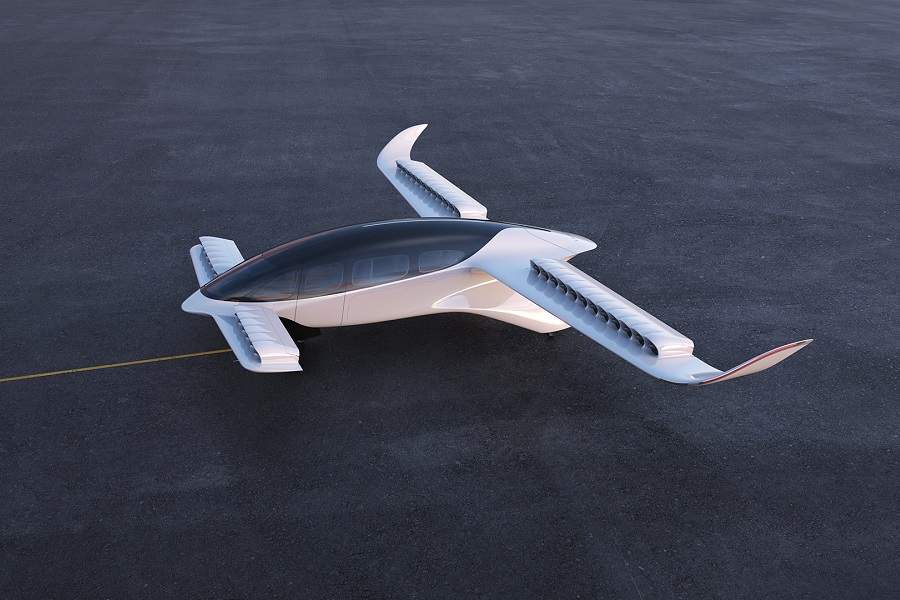
And this creates a problem. Some of these battery fires were high-profile because they destroyed or seriously damaged a test aircraft. But incidents involving ground testing often attract much less attention – if the public even hears about them. All eVTOL developers emphasize the safety of their programs, including the checks and measures they take before using new batteries in the air.
eVTOL Tech: Proprietary Innovation Vs Safety Information
But there is a catch. As with everything that involves leading-edge design, much of what goes on with the use of batteries is proprietary information. And with solutions to safety problems being a big part of the challenge, some eVTOL programs might be reluctant to share this sort of information. This is where safety culture comes in.
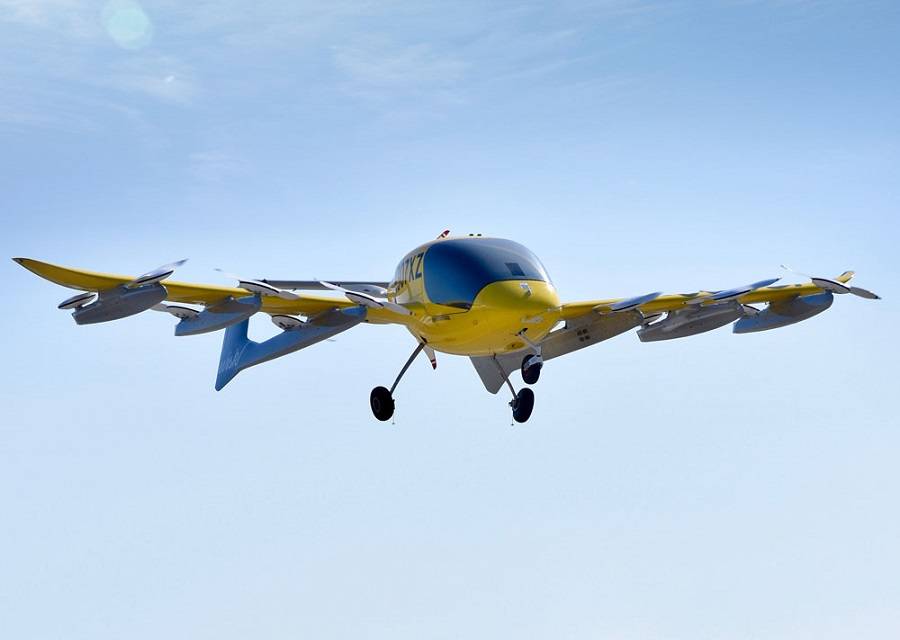
Airbus and Boeing have competed fiercely for decades. There are many stories, intrigue, unlikely alliances, and last-minute surprises there, enough to fill many books. It is a “no-rules” battle – with one notable exception. Aviation companies do NOT compete on safety. Throughout the 737 MAX crisis, Airbus never once joined the chorus slamming Boeing.
Going further, aircraft manufacturers routinely publish safety findings during their development programs. From the very beginning of the jet age, when De Havilland researched the problems of its ill-fated Comet airliner, aircraft manufacturers were open about their failures. But as Elan Head in The Air Current points out, eVTOL companies may not have the same approach to sharing safety information.
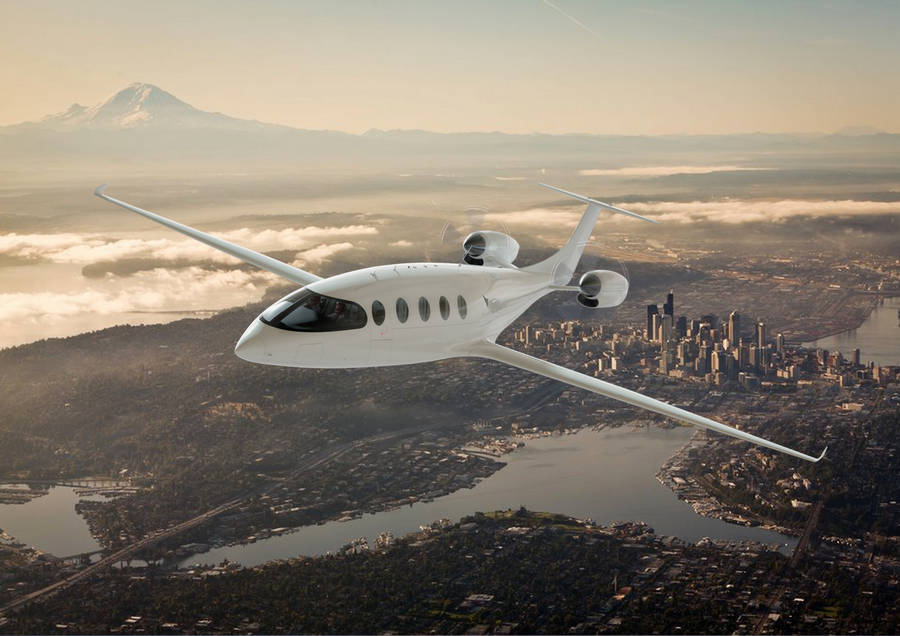
A New Culture And Its Image
This matter is not simply about the safety of each individual aircraft. It is about the public’s perception of the industry and its attitude towards safety. A manufacturer saying “we make the safest aircraft” would imply that other aircraft are unsafe. This undermines public confidence, as it suggests that it’s acceptable to have unsafe aircraft out there. The image of an unsafe industry hurts everyone in it.
We have yet to see if eVTOL developers will collectively have the same attitude, as they talk about safety. In most cases, these are startup companies, even if they often feature partners and/or investors from the aviation industry. And actually, some eVTOL initiatives do involve manufacturers like Boeing, Airbus, and Embraer, either directly or through subsidiaries and investments.
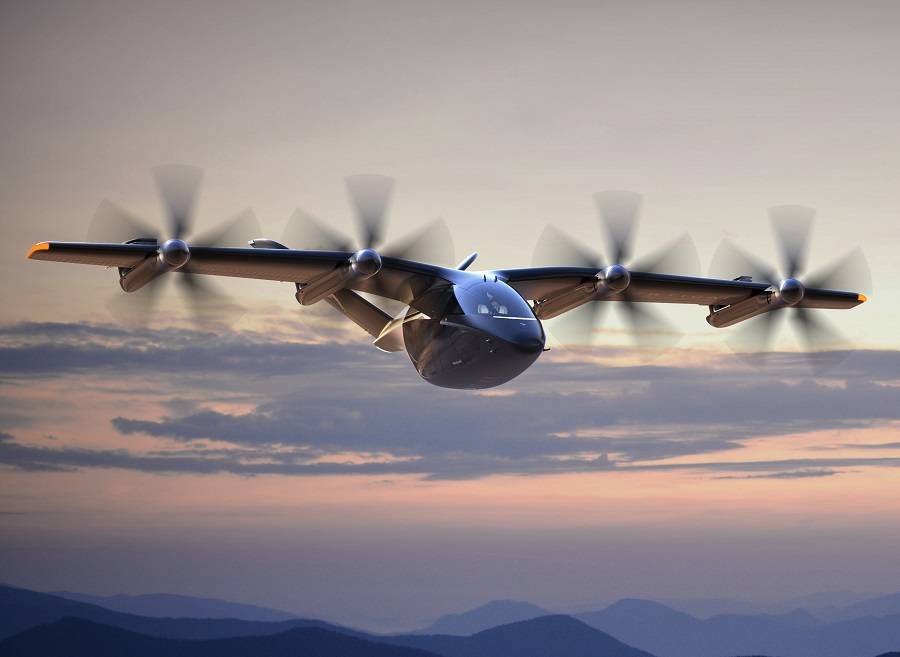
So it is safe to assume that the approach to safety in the eVTOL programs of large manufacturers will mirror that of their other activities. But that still leaves a considerable number of creative startups to consider. Will we see them make statements like “we have the safest batteries”? And if someone makes such statements, will the industry react in some way?
eVTOL commercial aircraft are a new concept. In practice, in many parts of the world, they will likely start as replacements for helicopters, with a promise of lower costs, plus a much smaller environmental footprint. Helicopter operations very much abide by the same safety principles as the rest of commercial aviation. By the time aviation authorities give them the green light to enter service, they will be as safe or safer than anything else. The question is, what image will they have built for themselves by then?



